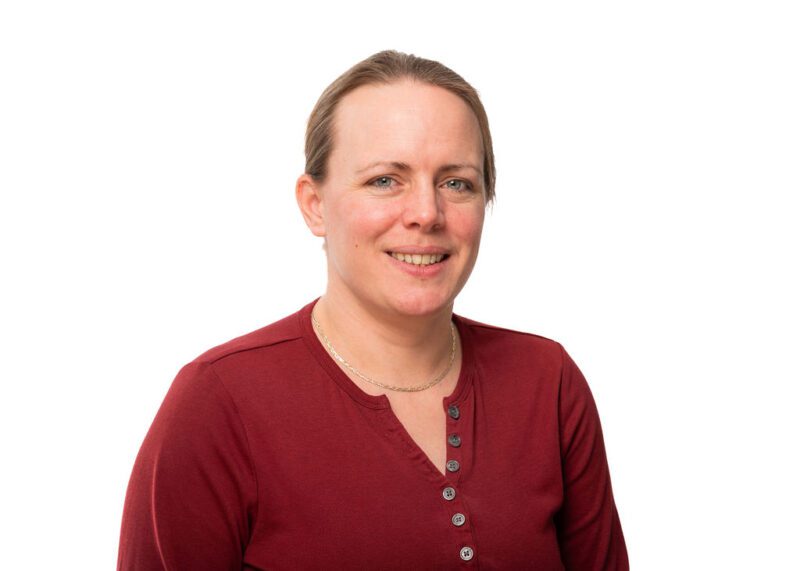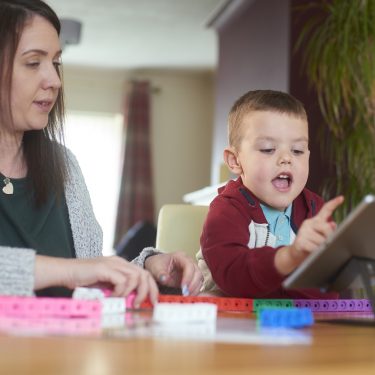-
Professor Mary OliverUniversity of Nottingham
-
Dr Michael AdkinsUniversity of Nottingham
Project overview
Project Overview
This project investigated how science is taught in primary schools in England and how different teaching practices affect pupils’ interest and performance in science. It also explored the role of teachers’ experience and training in shaping pupils’ outcomes.
Building a strong foundation in science from the early years is essential to developing future scientific literacy and although science remains a core subject in primary education, government inspections indicate that it has been deprioritised since the removal of formal testing at the end of Key Stage 2. This raises concerns about how prepared pupils are for later science education and careers.
Methodology
Using data from the 2019 Trends in International Mathematics and Science Study (TIMSS), the project examined how primary science teaching in England relates to pupil achievement and interest. The analysis used science test scores and survey responses from over 60 countries, including data from over 3,000 pupils in England from 139 primary schools, as well as information from teachers (e.g. experience, professional development, and instructional practices).
Key Findings
Pupils’ science achievement in England was not associated with the amount of instructional time or the clarity of instruction, in contrast to international findings that highlight the benefits of both. This challenges assumptions that more teaching time or clearer instruction alone can raise achievement.
However, when pupils experienced more questioning and discussion that promoted thinking and reasoning, this was positively linked to attainment. In contrast, frequent procedural investigation (e.g. experiments) was negatively associated with outcomes, suggesting a need to emphasise cognitive engagement over hands-on volume.
Teachers with a background in science education were linked to higher pupil achievement. Classrooms where pupils reported confidence in science and regularly used evidence and source materials also showed better outcomes.
However, the most powerful predictor of achievement was socioeconomic background. Pupils with higher levels of deprivation, as measured by IDACI (Income Deprivation Affecting Children Index), consistently scored lower, reinforcing the need for early and sustained interventions to close the attainment gap.












































